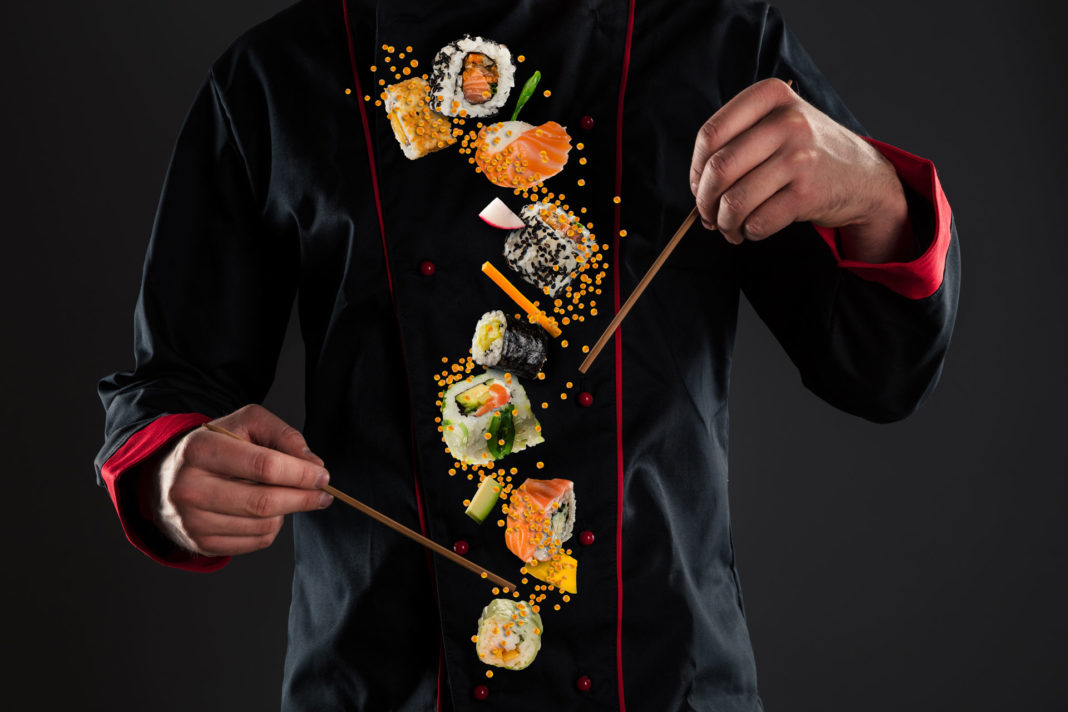Maki sushi is perhaps Japanese cuisine’s most international dish that has been subject to a huge variety of fusions and flavours, even Canarian
The Japanese word maki means ‘roll’. Therefore maki sushi is a roll of nori seaweed filled with rice and different ingredients such as fish, meat, seafood, fruit or vegetables. These delicious rolls lend themselves to being the most international of Japanese foods as ‘fusion’ covers a staggering variety of interpretations and allows ample room for creativity and imagination.
The way they are made echoes Japanese culture itself. Preparation is methodical, patient, ancestral and perfectionist. The result is always healthy, too. Proper technique involves placing the rice on a rectangular sheet of dried nori seaweed. The chosen ingredients are placed on top and carefully rolled up with the help of a bamboo mat called makisu. To serve, the roll is then cut into slices, picked up with chopsticks and dipped in soy sauce.
In Spain, the trend for maki fusion dates back to 1970s Barcelona, a cosmopolitan and avant-garde city with a cuisine to match. The Orimaki restaurant in Barcelona, original champions of this trend, sees fusion as a concept that blends originality with innovation. Why not introduce local produce, look beyond fish and play with the order of layered ingredients by placing the rice on the outside? A purely aesthetic decision and liberty taken as a western twist on traditional Japanese cuisine.
Closer to home, chef Simón Paso, from Sushi Bar Minato, in Puerto Calero, tells us about two fusion makis-sushi he makes with local Lanzarote produce, in line with the Km 0 philosophy reflected in the rest of his menu. Canarian-inspired ‘chacho-maki’ has marinated wreckfish, Janubio salt, crispy sweet potato and green mojo. The ‘mi niño-maki’ is made with chicken panko (Japanese breadcrumbs that give a crunchy texture), almogrote cheese paste and watercress.
‘Our fusions have to make sense,’ Paso explains, ‘especially with the rice, which is seasoned with vinegar. We’re also looking for balance because Japanese cuisine generally avoids strong flavours. So in the case of almogrote, which packs a flavour punch, we’ve balanced it with fresh watercress. We try,’ He concludes, ‘to incorporate ingredients that give you an explosion of complex flavours that work in harmony in one single mouthful.’



